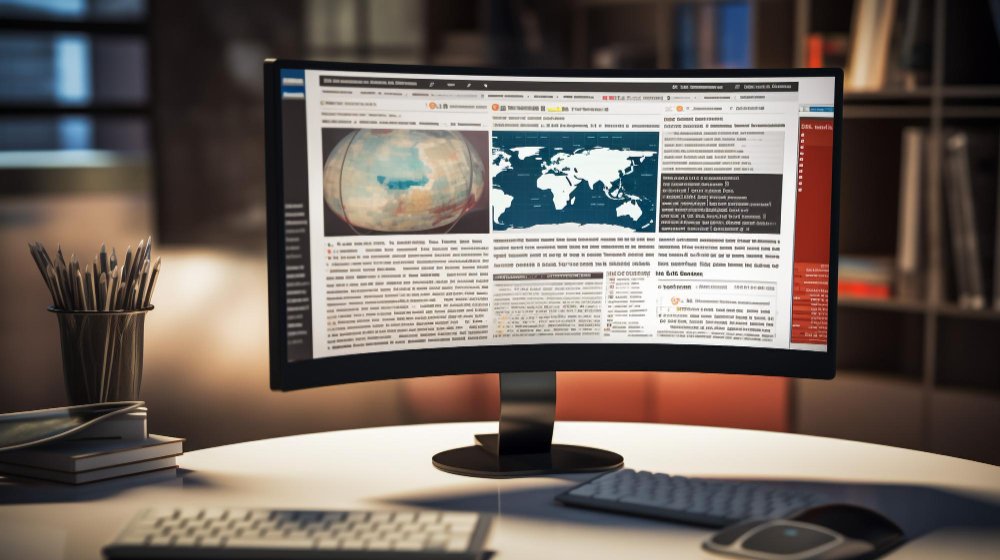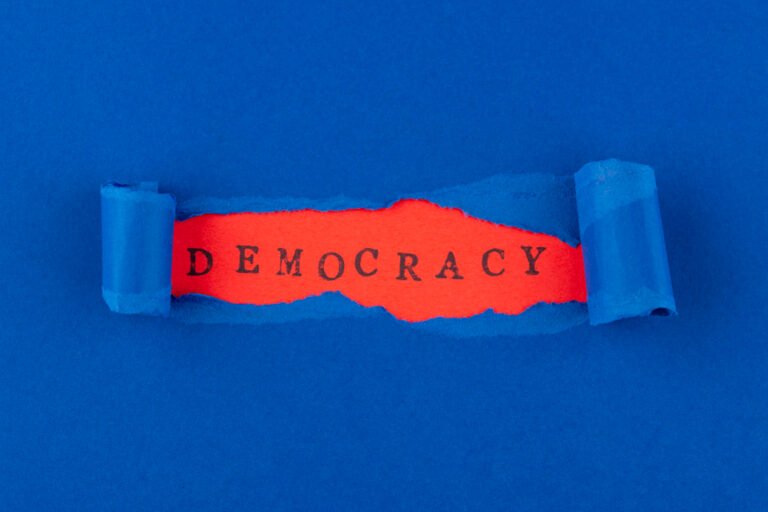How is the Balance Between Visual Storytelling and Text-Based Reporting Changing in Digital News?
The digital age has transformed the landscape of news reporting. Traditional text-based journalism is increasingly complemented, and sometimes even overshadowed, by visual storytelling. The rise of video and images in digital news has created a dynamic shift in how information is consumed and presented. This article explores the evolving balance between visual storytelling and text-based reporting in the digital news arena, examining the benefits, challenges, and future trends of this transformation.
How is the Balance Between Visual Storytelling and Text-Based Reporting Changing in Digital News?
The Rise of Visual Storytelling
The Power of Visuals
Visual storytelling leverages images, videos, infographics, and other visual elements to convey information quickly and effectively. Visuals can capture attention, evoke emotions, and simplify complex data, making them powerful tools in the digital age. With the proliferation of smartphones and social media, audiences have become accustomed to consuming news through visual content.
Videos: Engaging and Informative
Video content has become a fundamental component of digital news platforms. News organizations use videos to provide live coverage, interviews, documentaries, and explainer segments. Videos can convey a story in a way that text alone cannot, combining audio, motion, and imagery to create a compelling narrative. Platforms like YouTube, Instagram, and TikTok have further fueled the demand for video content, making it an essential component of modern news reporting.
Images: Capturing Moments and Emotions
Images have always been a crucial part of news reporting, but their role has expanded in the digital era. High-quality photographs and graphics can capture moments with precision, conveying emotions and context instantly. Social media platforms like Instagram and Pinterest have popularized visual content, encouraging news organizations to incorporate more images into their reporting.
Role of Text-Based Reporting
Depth and Context
While visual storytelling is on the rise, text-based reporting remains fundamental to journalism. Text provides depth, context, and detailed analysis that visuals alone cannot achieve. Long-form articles, investigative pieces, and opinion columns rely on the written word to explore complex issues thoroughly. Text-based reporting allows journalists to present facts, arguments, and narratives in a structured and comprehensive manner.
Credibility and Trust
Text-based reporting often carries a sense of credibility and trust. Written articles are perceived as more authoritative, especially when backed by thorough research and reputable sources. In an era of misinformation and fake news, well-crafted text-based reporting plays a vital role in maintaining journalistic integrity and providing reliable information to the public.
Accessibility and Searchability
Text-based content is more accessible and searchable compared to visual content. Search engines can index and rank written articles, making it easier for audiences to find specific information. Text can be translated, transcribed, and archived efficiently, ensuring that valuable content remains accessible over time.
Finding the Balance
Integrating Visuals and Text
The key to effective digital news reporting lies in finding the right balance between visual storytelling and text-based reporting. Successful news platforms integrate visuals and text to complement each other, enhancing the overall storytelling experience. Articles often feature embedded videos, infographics, and images that support and enrich the written content. This integration allows audiences to engage with news stories in multiple ways, catering to different preferences and learning styles.
Adapting to Audience Preferences
News organizations must adapt to the evolving preferences of their audiences. Younger generations, in particular, are more inclined towards visual content. However, a diverse audience still values in-depth written reporting. By offering a mix of visual and text-based content, news platforms can cater to a broader range of readers and viewers. Analyzing audience engagement metrics can help news organizations tailor their content strategies to meet the demands of their audience effectively.
Challenges and Opportunities
The Challenge of Misinformation
The rise of visual storytelling presents challenges, particularly in combating misinformation. Videos and images can be manipulated, leading to the spread of false information. Deepfakes and doctored photos pose significant threats to the credibility of visual content. News organizations must invest in fact-checking and verification processes to ensure the accuracy of their visual reporting.
Opportunities for Innovation
The shift towards visual storytelling opens up opportunities for innovation in digital journalism. Interactive graphics, virtual reality (VR), and augmented reality (AR) are emerging technologies that can revolutionize news reporting. These technologies offer immersive experiences, allowing audiences to explore news stories in new and engaging ways. Embracing these innovations can set news organizations apart and attract tech-savvy audiences.
The Future of Digital News
The Evolution of News Consumption
As technology continues to evolve, so will the ways in which people consume news. The integration of artificial intelligence (AI) and machine learning can personalize news delivery, tailoring content to individual preferences. AI-powered tools can analyze user behavior, recommending articles, videos, and images that align with readers’ interests. This tailored approach boosts user engagement and satisfaction.
The Role of Social Media
Social media platforms will remain pivotal in the distribution of digital news. Platforms like Facebook, Twitter, and LinkedIn serve as primary sources of news for many users. News organizations must optimize their content for social media, creating shareable visuals and concise text snippets that capture attention in crowded feeds. The ability to go viral on social media can significantly amplify a news story’s reach and impact.
Newztalkies.com: Bridging Visual and Text-Based Reporting
Newztalkies.com exemplifies the harmonious blend of visual storytelling and text-based reporting. This digital news platform leverages striking images, and well-researched articles to provide comprehensive news coverage. By integrating visuals and text, Newztalkies.com caters to a diverse audience, ensuring that readers and viewers alike find value in their reporting. The platform’s commitment to journalistic integrity and innovation sets it apart in the competitive digital news landscape.
Conclusion
The balance between visual storytelling and text-based reporting is continuously evolving in the digital news industry. While visuals capture attention and convey information quickly, text provides depth, context, and credibility. Successful news organizations recognize the importance of integrating both elements to create a compelling and comprehensive news experience. As technology advances and audience preferences shift, the future of digital news will be shaped by the ability to adapt and innovate. By embracing the strengths of both visual and text-based reporting, news platforms can deliver engaging, accurate, and trustworthy content to their audiences.
Final Thoughts By Newztalkies
The rise of video and images in digital news is reshaping the way stories are told and consumed. The balance between visual storytelling and text-based reporting is crucial for delivering a rich and engaging news experience. As the digital landscape continues to evolve, news organizations must remain agile, leveraging new technologies and adapting to audience preferences to stay relevant and impactful. Through thoughtful integration of visuals and text, the future of digital news promises to be dynamic, diverse, and deeply informative.






